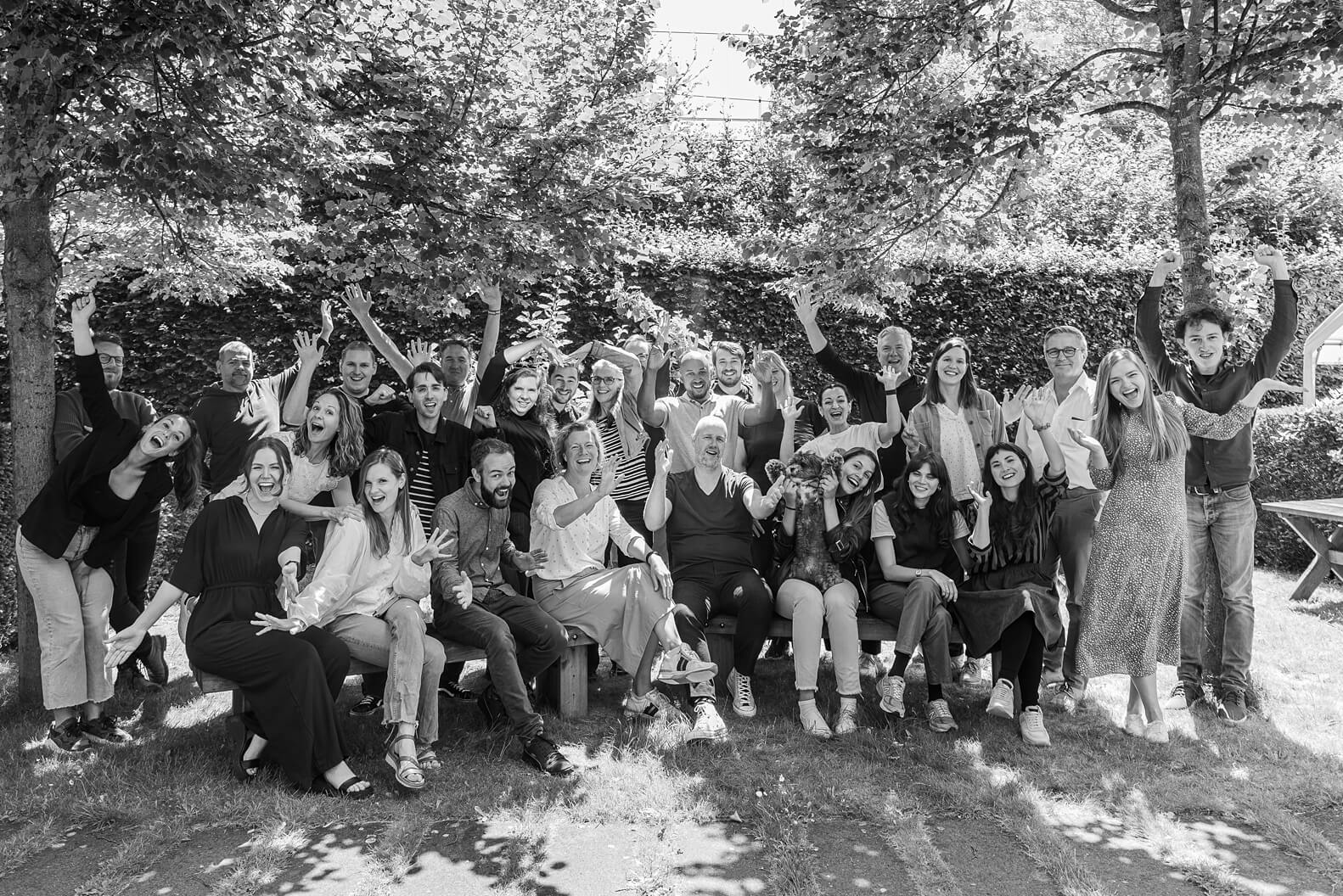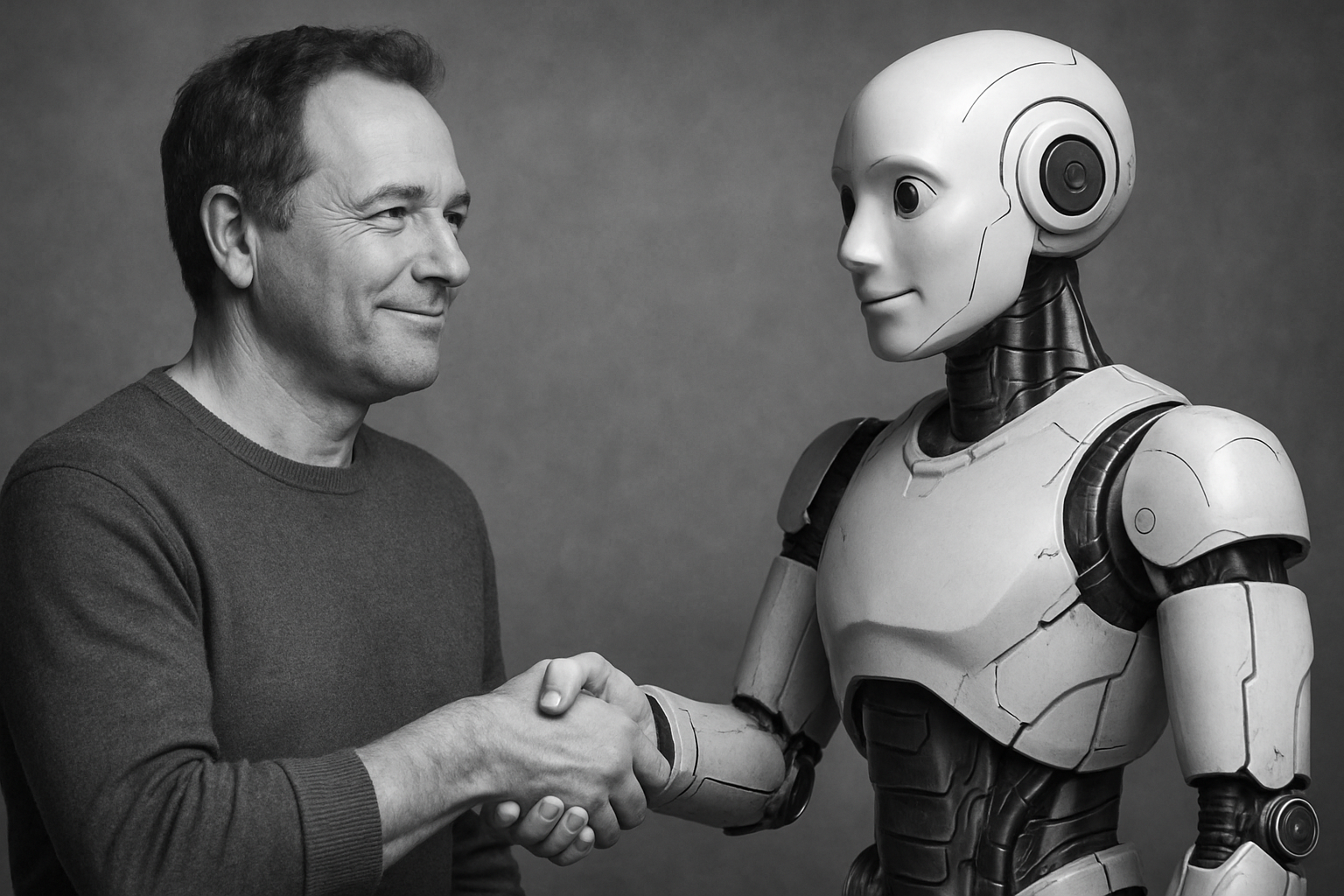User Experience—or simply called UX—is the single most decisive factor that shapes how a product or service is perceived by its users. Despite that fact, UX design is often considered as an afterthought when building products or services. In many a case, if you take a step back and examine a product, it becomes evident that the UX design was tailored to match the underlying technical structure of the product whereas common sense tells us that UX should have been a driving force in structuring and designing the product. Over the years, or even decades, it has become almost a culture to design and build products with a rich offering of features without diving deep into what it is that a user really needs and wants.
However, change is on the horizon. Even though the days are far behind when a developer was naturally also the one who designed UI screens—often filling them up with fields from the backend database—a complete paradigm shift towards user-centric product design is increasingly the main challenge.
We now have dedicated teams of UX designers in most companies. But is their potential being fully utilized? Are the products exhibiting the high quality of UX that’s naturally expected from having dedicated design teams? Do UX designers feel fully supported to be creative and innovative in their work?
In other words, do you have a successfully running, well-structured UX team that contributes towards building high-quality products that are readily embraced by users? This might seem like a utopian scenario, but there are ways to get as practically near utopia as possible.
Understanding the challenges of UX design teams
A common challenge that a manager of a UX design team faces is the low morale and dissatisfaction among team members. If you scratch the surface, you’ll realize that the reasons are almost always converging into structuring and management aspects of the organization. For example:
- designers don’t feel that they’re being treated as equal partners in building a product, but merely as a service team
- designers are often brought in too late into the process and have little say in how the UX should be designed but simply following instructions from other teams
- designers are discouraged from asking too many questions about the product because everyone is racing against time
- if there’s criticism about the user interface, UX designers are held solely responsible without analysing the constraints they might have faced
Sounds familiar? In most medium and large companies, several products and services are being developed simultaneously by multiple teams. UX designers are assigned to such projects distributed across the company. They’re often the solo designer in the project. This leads to a lack of sense of community among designers. When faced with challenges, they don’t know whom to turn to. Several designers might be working on the same problem in different projects, leading to duplicated efforts and inconsistent solutions. While time constraints are a reality of life applying equally to everyone, structural flaws can be addressed and fixed so that everyone including designers can contribute positively towards a project.
Key roles and responsibilities in a design team
“UX design” is a highly collated term encompassing numerous aspects of a user interface. Correspondingly, there must be clearly distinguished roles within a UX team, each responsible for a specific aspect of UX, working and collaborating seamlessly.
Researcher
Researchers are involved early on in the process of a product or service design where they reach out to a sample set of potential users to understand their pain points and requirements. They hand the collected data over to the other members of the UX team. Then later in the process they help with evaluating and measuring the effectiveness of the design.
UX designer
A UX designer creates conceptual design for the overarching interaction of the product and then prototypes the interactive user interface mainly demonstrating how a user interacts with the system and the UI transitions that occur as a result.
The UX designer directs the effort to translate the concept to a design structure.
Visual designer
The responsibility of the visual designer is to assure visual elements commiunicate how the product or service operates. This person works with the colour palette and the UI elements to develop a visual language that helps narrate to the user what they need to do.
Information designer
Information designer is responsible for the language aspects of the UI such as the labels, info tips, and response messages as well as the Information Architecture of content presented in the product or service, assuring readability, predictability and usability of content.
UI designer
The UI designer uses the work from the roles above to detail all required assets (screens, sections, controls, etcetera).
Front-end engineer
Front-end engineers build fully functioning user interfaces based on the design created by the team members mentioned above.
Leadership and management roles
Apart from the roles of individual contributors, a design team also has some specific leadership and management roles.
Design architect
A UX architect:
- has extensive knowledge of the design principles and how to apply them
- thinks conceptually and builds conceptual models of a design
- is aware of the design activities taking place across projects
- manages a shared repository of building blocks
- acts as an advocate and mentor for designers.
Design lead
A design lead:
- manages and acts as a moderator for design processes
- manages and supports designers in their daily work
- is a decision maker in various design related situations
Design manager
A design manager:
- is responsible for the people management aspects of a UX team
- takes care of administrative tasks like budgeting and estimations
Processes and workflows for design teams
In addition to having clear roles and responsibilities, it’s essential to have sensibly developed processes and workflows that support designers in their daily work and help them utilize their full potential. While the specifics of processes and workflows differ from organization to organization, at a high level, they need to address the following factors:
- Collaboration among designers
- Equal partnership with product engineering
- Accountability
- Objective evaluation and reviews
Collaboration among designers
Collaboration is essential for sharing knowledge, avoiding duplicated work, working together on common problems to find consistent solutions, establishing best practices, asking for help, and to get a sense of belonging to a community. As a UX manager, you can take steps to foster collaboration among designers. For example, arrange a periodically occurring design meeting where designers working on projects across the company come together. With clearly established agenda, such a meeting can lead to several positive outcomes. Another idea is to bring together designers from across projects into a “design studio” on a regular basis to carry out design activities.
Equal partnership with product engineering
When the design team is not treated as a mere service provider but an equal partner in developing a product, the results can be astonishing. Designers participating in definitional phases of a product can bring in their unique perspective to the table. UX design being an equal factor in the overall product design results in truly user-centric products leading to higher customer satisfaction.
If you’re in a leadership role in your organization in the UX design team, take initiatives to involve your team members in the early phases of product development. Devise overarching processes with the buy-in of stakeholders from other teams such that participation of UX designers is but natural. Identify key members of your team who are good at research and interviews to understand the users’ perspective and assign them to the initial phases of a project.
Accountability
Accountability is a key aspect that professionalizes any discipline and design is no exception. UX designing is a highly creative job but without accountability, might not yield the results it’s supposed to. As a member of UX leadership, ensure that you have processes to track progress of activities and closure of action items. In addition, you’ll need processes for estimation, reviews, and evaluation. It’s important not to overburden your team with too many time-consuming processes, but to design the processes in such a way that they fall in place in the daily routine of the designers.
Objective evaluation and reviews
“Unreviewed work is unfinished work,” is a good principle to follow as it not only ensures the quality of design outputs, but also avoids any nasty surprises. As a UX leader, include reviews as part of the design process with clearly defined objectives and stakeholders. Set the reviewing guidelines such that they don’t become taste wars or criticizing events leading to bitterness and disappointment among designers. Also, ensure that designers are open to receiving objective feedback about their designs without getting personally affected. It takes time for everyone to get used to the reviewing process. It may seem daunting or unpleasant and face stiff resistance from team members. However, as a leader you should steer it in a way that everyone can ultimately see the benefits of it.
Metrics to measure the success of your team
When you have a robust structure and a set of comprehensive processes to support your design team, you’d expect everything to be great. But how do you know if you’ve achieved what you set out to do? Use metrics to evaluate how successful their design are. Use additional team metrics to measure how the team performed and how the individual members fared. Consider the for example, how close your estimates were to the actual efforts, how the end users rate the UX, how the stakeholders from outside the design team rate their experience, and most importantly, how fulfilled your designers feel working in the team. When you collect this data, you can make suitable adjustments in the structure and processes so that you have a loop of continuous improvement.
To sum it up
An organization that aims to have products or services with high-quality UX designs requires a design team with highly motivated and happy designers whose potential is being fully utilised. Such a design team requires:
- Clearly established roles and responsibilities
- A set of processes to support the designers in their daily work
Once you have these in place, you measure the success of your team with appropriate metrics and use the results for continuous improvement.
A specially designed tool to implement your ideas to set up a successful design team that works seamlessly with design activities is extremely useful. Keen Design offers Design Studio, a platform where designers can collaborate irrespective of their physical location, and interact with each other, ideate, review each other’s work, seek and provide help, build repositories and much more! Want to know what it’s all about? Check out the Design Studio program today.






